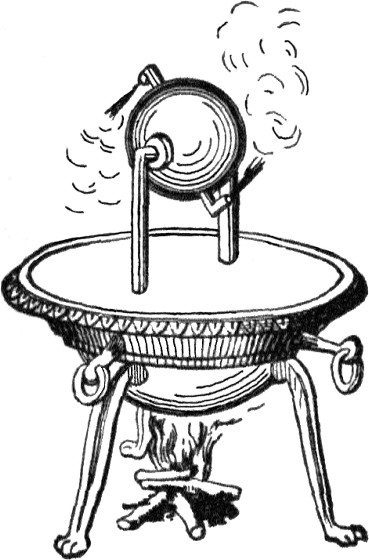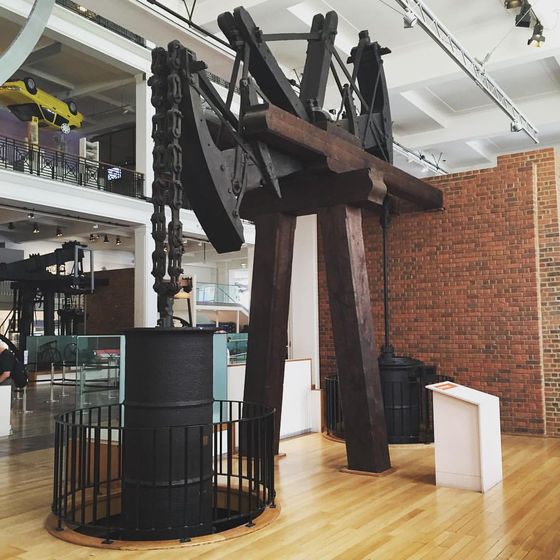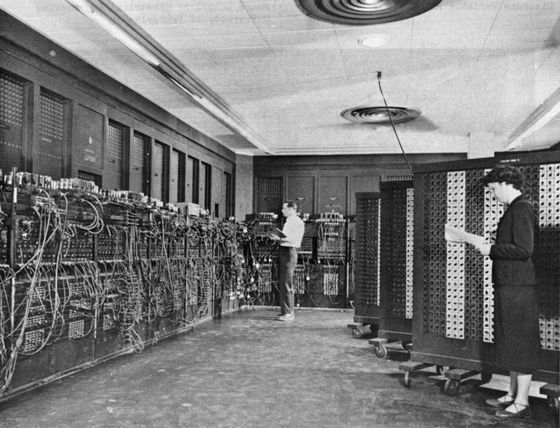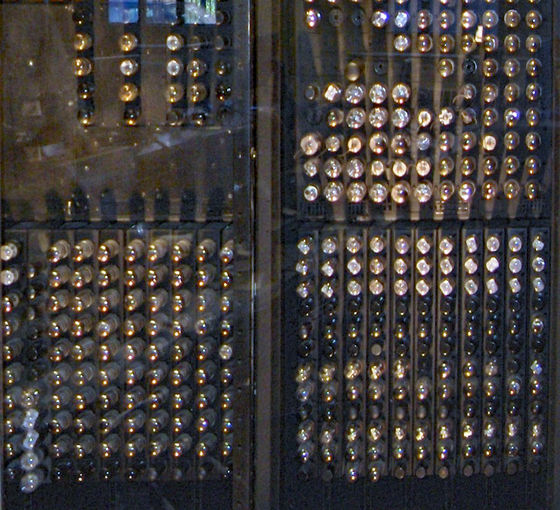Why does it take time for an invention to spread as a useful technology?

Even if a novel technology is invented, it takes time for it to penetrate people's lives. For example, steam-powered technologies such as steam locomotives existed in BC, but steam engines actually penetrated people's lives around the 18th century. Engineer Jason Crawford talks about the barriers between invention and commercialization.
Epistemic standards for “Why did it take so long to invent X?”
The oldest steam-powered device is the Aeolus sphere , which dates back to the first century BC. The image below is a picture of an Aeolus sphere that heats water in a spherical container in the center and rotates the sphere with the power of steam.

The Aeolus sphere is a type of

Later,
'Despite the existence of simple primitive steam engines, such as the Aeolus sphere, from BC, why was the power of steam not noticed until the 18th century? In theory, people are willing to look for technologies that, while theoretically functioning as steam engines, lack power, are inefficient, expensive or unreliable. No, 'says Crawford.
The incandescent lamp was invented by Joseph Swan , but the achievements of Thomas Edison greatly contributed to its practical application. The incandescent light bulbs invented by Swan had the disadvantage of being expensive and of short life. Edison's bamboo charcoal incandescent lamp was inexpensive and nearly 100 times longer in life than Swan's incandescent lamp.

'We say that inventions are inventions because they are practical. The ones that are not practical are not inventions, they are merely prototypes. Or inventions that move history, are practical and have the power to remove obstacles that were at issue before. '
Some inventions cannot be created unless several inventions are accumulated. Crawford gives a computer as an example. The computer we could call the invention was

Early computers such as ENIAC are mainly large computers that use one warehouse as a whole, and the size of ENIAC is 30 m wide, 2.4 m high, 0.9 m deep and weighs about 27 tons There was also. Researchers at that time placed great emphasis on the reliability of the parts because they needed a large amount of parts to be used. The creation of such a good computer as ENIAC is said to be greatly influenced by the vacuum tube invented in 1906. The vacuum tube was born out of the Edison effect that Edison discovered during an incandescent light bulb experiment. ENIAC uses more than 17,000 vacuum tubes, and the following is an image of the vacuum tubes arranged on the back of ENIAC.

'Inventions require not only ideas, but also information, knowledge, experimentation, and funding. In some cases, we need an organization like a lab and materials to make. And inventions are never created intentionally. Instead, it comes from the unpredictability of a complex network of inventors' vision, inspiration, hope, pressure and teams and contracts, 'says Crawford.
'Even if everything goes smoothly, it's not surprising that it will take 20 or 30 years to devise an invention and turn it into a technology,' Crawford said. Because an invention can be interrupted or abandoned due to unexpected events, such as the inventor's illness, the financial crisis, or war.

The ideal environment for inventors is 'creative and educated people and organizations with high economic and military demands, a well-regulated system, stable politics, and sufficient time, space and funding. , The faster the invention progresses, the less time it takes to penetrate the world, 'says Crawford.
Related Posts:
in Note, Posted by darkhorse_log







